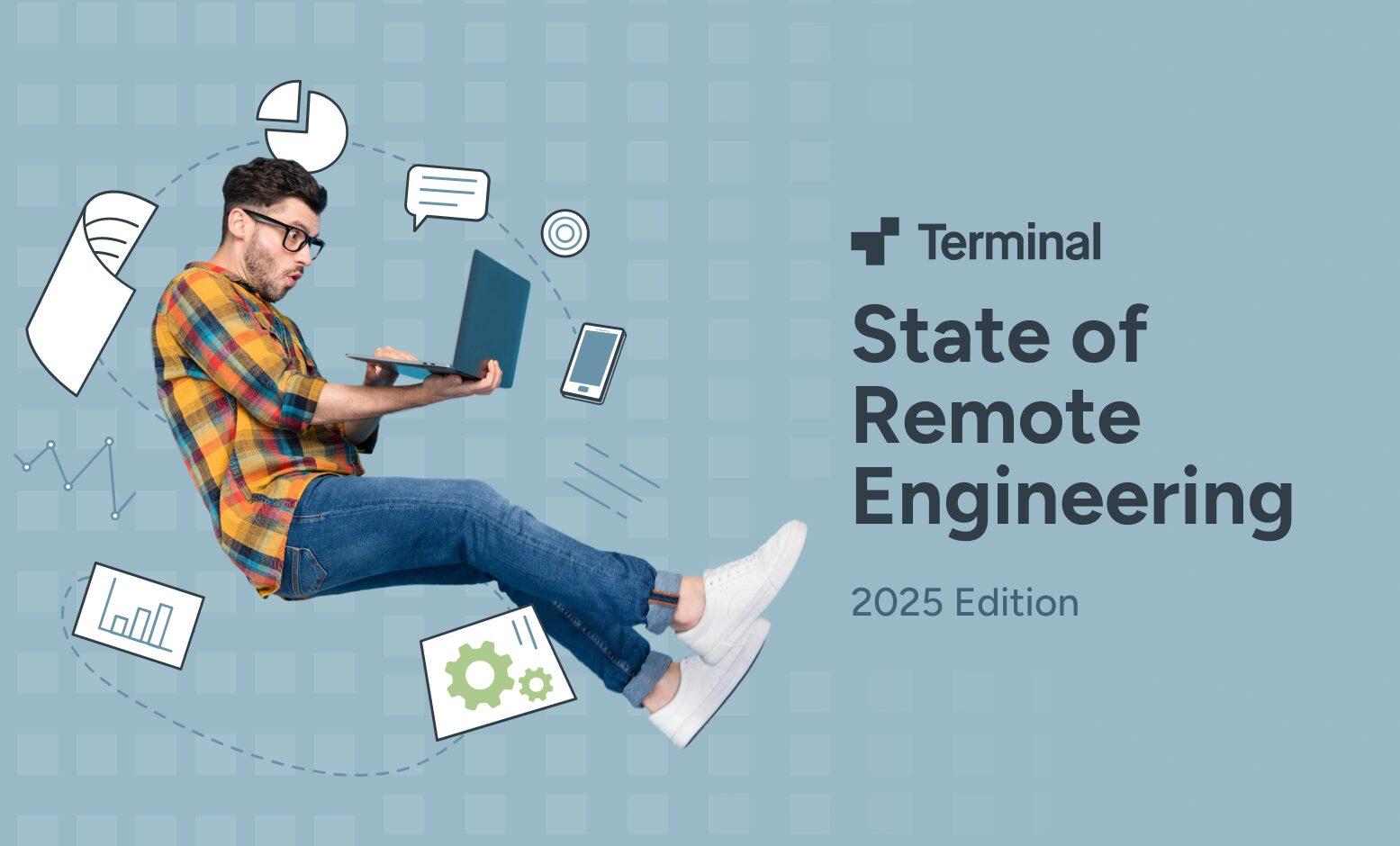
Hiring + recruiting | Blog Post
The S.T.A.R Interview Method – Expert Interview Guide
Karine Roy
Share this post
In a recent blog we mentioned that behavioral interviewing techniques were excellent in helping hiring managers find their Unicorn candidate. That is, stellar, hard-to-find ‘future employees’ that are a perfect fit for your open role and a perfect match for your team culture. Finding that unicorn candidate is no easy task. One method you can utilize to help identify this person is actually one of the most commonly used behavioral interviewing techniques – the S.T.A.R. interview method.
STAR stands for Situation, Task, Action and Result. This technique is rooted in the assumption that the past is predictive of the future. In other words, knowing how candidates handled challenging situations or solved problems in the past can give you an indication as to how they would handle similar situations in the future.
In contrast, asking candidates to imagine and respond to a hypothetical future situation can lead them to give you the answer you want to hear, rather than really thinking through the question. This technique, through the use of open ended questions, also has the benefit of giving you great insights on candidates’ thought process, mindset, critical thinking and problem solving abilities.
The STAR Interview Method in Action
The STAR Starting Point
Interviewers making use of this approach will normally start their interview by asking questions such as : “Can you tell us about a time you took initiative on a project or a task at work?” or “Can you tell me about a time when you failed to meet one of your goals”.
The Flow
As the candidate answers you want to make sure to get a thorough understanding of the entire story through use of the STAR framework:
Situation: get the candidate to describe the context and background by getting as much (specific) information as possible. Your goal is to paint a global picture of the story, understand the players that were involved and the role played by your candidate.
Tasks: here your goal is to get into the nitty gritty of the problem. Get the candidate to explain why the situation arose, why he/she was involved and to what level.
Actions: in this step you want to get a good understanding of the concrete actions that were put in place by your candidate to resolve the situation. The good ones, and perhaps not so good ones that may have generated some learnings.
Results: Your goal here is to understand the outcome generated by the actions taken.
The candidate should explain how he/she got the desired result and what this achieved in the long run in terms of benefits, impact and drawbacks.
Here are typical questions you might want to ask for each of the S.T.A.R. interview method steps above:
| Situation | What was the exact situation?Who was involved?What led to this situation?How was this an issue/problem for you/your team?What else is important to know about this situation? |
| Task | In what ways were you involved in this situation?What were you responsible for?Why were YOU nominated to get involved in solving this situation?Were there other collaborators? If so, what was their involvement and contribution? |
| Action | What steps did you take to resolve the situation?What other options did you evaluate?What led you to select the option you did? How confident were you that it would resolve the situation?Were there perhaps bad or unpopular decisions made? What did you learn from that? |
| Results | What was the outcome?How did you feel about the results?What did you learn?What feedback did you receive?If you had to redo this again, what would you do differently?How did this situation influence where or who you are today? |
Choosing the Right S.T.A.R. Starting Question
Should you decide to use the STAR interview method as your interviewing strategy, one important step is to identify the skills, competencies or traits that you are hoping to see emerge as candidates share their stories. This will help you select your starting set of questions.
For instance, if you want to validate growth mindset, you might want to have them tell you about a time where they failed to reach a goal, or were involved in an unsuccessful project, or a time where they made a mistake or a bad decision that impacted their team’s performance or results. You could also ask about a time they had to ramp up in a role or project or learn new competencies without any assistance or support.
If you are looking to validate their problem solving skills you might ask them to tell you about a time where they had to resolve a really hard problem at work, or had to improve current systems or processes, or had to find an innovative solution to a challenge.
If your focus is on assessing leadership skills, then you might want to ask about a time where they had to rally a group on a common objective or goal, or where they were involved in leading a not-so-popular change initiative.
Regardless of your focus area, the steps and questions that follow will more or less always be the same. As you can see, STAR, through the use of a small number of questions, is allowing you to assess multiple skills and abilities at once. It is therefore quite effective and a technique you should always keep in your toolbox.
Looking for an Alternate to the S.T.A.R. Interview Method?
Should you be limited by time during an interview or not have much interviewing experience under your belt, another effective approach you might want to consider is the ‘greatest accomplishment’ question.
As with STAR, this question has built-in follow ups but with the added benefit of allowing you to go a little deeper in understanding what your candidates value and where they get their motivation from.
In this case, your questions flow could look like this:
- What would you consider to be your greatest accomplishment?
- Tell me about this accomplishment (when, where, why, who, what)
- In what ways is this accomplishment important to you?
- What made this accomplishment possible? (condition, environment, support, abilities,…)
- What were the results of the project vs the initial plan??
- What challenges or mistakes did you face or make along the way?
- What major decisions were you asked to make? How did you make them?
- What skills or strengths of yours did you leverage?
- If you had to do this all over, what would you do differently and why?
- What did you learn from this accomplishment
- What did you like/enjoy the most? What didn’t you enjoy during this project?
One consideration for this question is to avoid making it about work only. Oftentimes people’s greatest accomplishments happen outside of work, where they follow their true passion and aspirations. Make sure not to restrict this to career and work only. Cast a wide net to see what comes to mind first.
No matter the approach you select, the most important thing is to always focus on open-ended non-leading questions that will invite the candidates to open up, share their stories and prevent them from giving you ready-baked answers.
Continue to explore the rest of Terminal’s content offerings. If you are interested in learning more about how Terminal can support your organization and accomplish your development goals, please get in touch with our team!


